 |
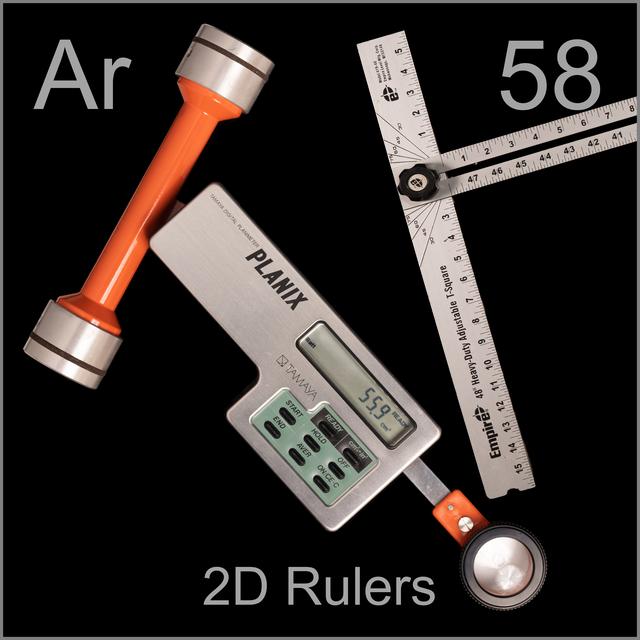
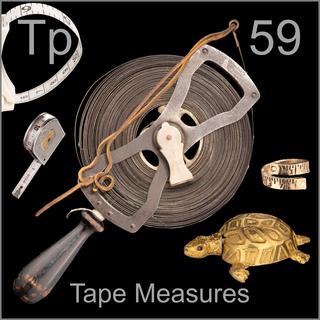 |
Leave a comment below! Or click on an individual tool to see more or leave a comment about that tool. |
|
 |
|
 |
| Creep gauges will not tell you where the neighborhood creep lives. Instead, they tell you whether a crack in your foundation wall is getting worse or not. You firmly glue and/or screw the two halves of the gauge on opposite sides of a suspicious fault line, with the crosshairs exactly lined up at the center of the grid. If you come back a few weeks later and the lines are not centered, you have a serious problem. |
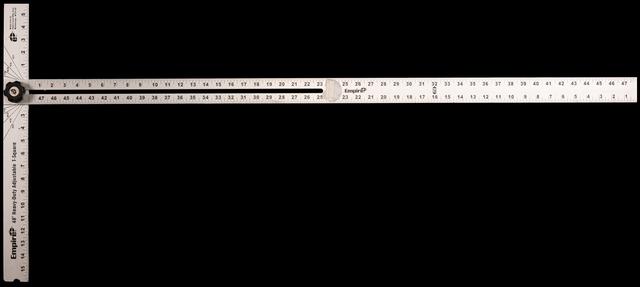 |
| This tool can be either a lower-case t or an upper-case T depending on where you position the cross piece. Beveled channels at the joint pull it into an accurate right angle when you tighten the knob. |
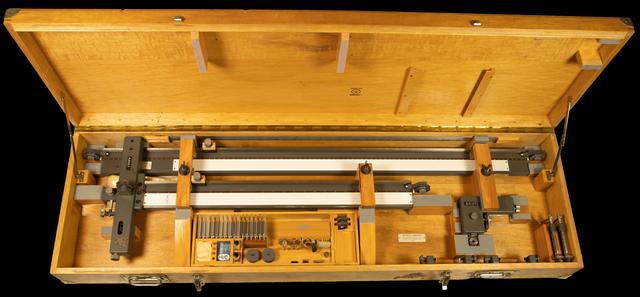 |
| The box is almost as elaborate as the instrument itself. Every part has a carefully-made, custom-shaped block or clamp to hold it in place, like a fine violin case. |
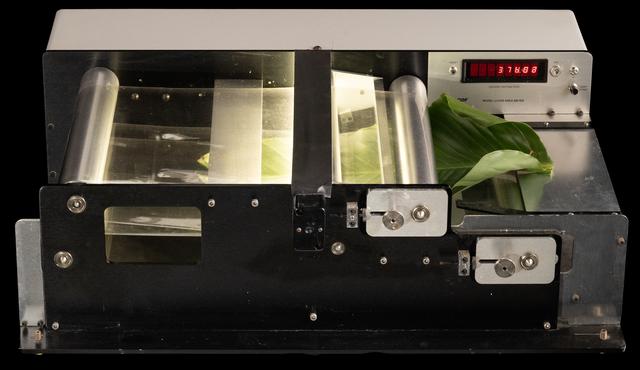 |
| I got this machine on eBay and thought the shipping cost was a bit high, but it turns out the machine is really quite large. To quote Daryl Hannah in Roxanne, the 1987 movie impression of Edmond Rostand’s 1897 verse play Cyrano de Bergerac, I knew it was big, but I didn’t expect it to be BIG. |
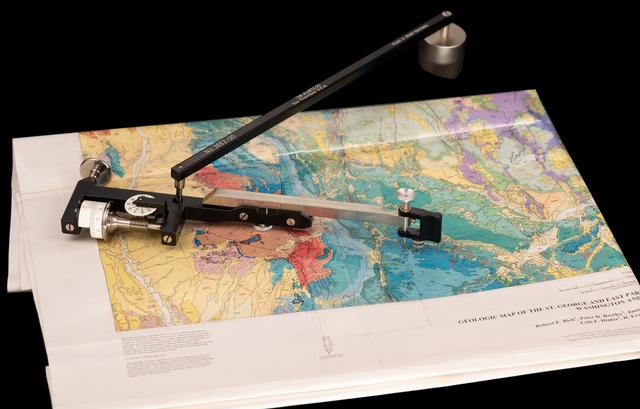 |
| Mechanical witchcraft in the form of a planimeter. |
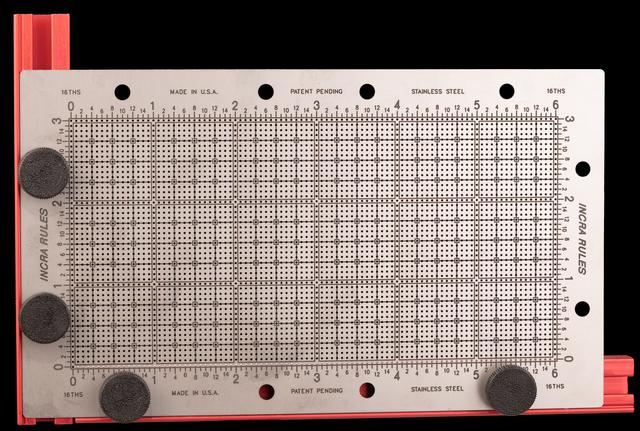 |
| This 2D ruler has hundreds of tiny pinholes in a rectangular grid. Held against the corner of a piece of paper or wood, it lets you place marks accurately anywhere within its working area. It’s like metal graph paper! |
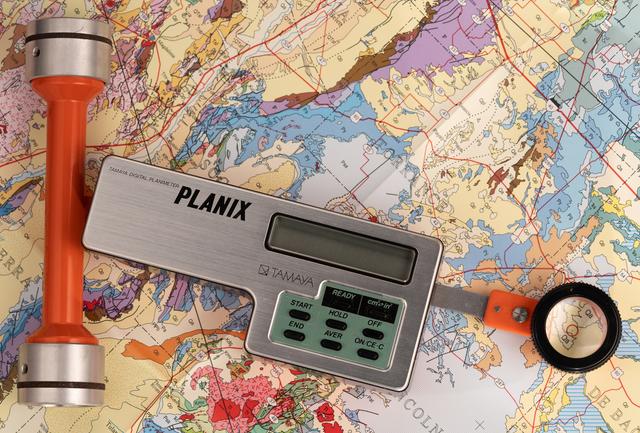 |
| A digital planimeter has one sensor to measure the rotation of its two wheels, and another to measure the angle between the body and the axle, which together determine the position of the pointer. No magic required, just digital circuitry. |
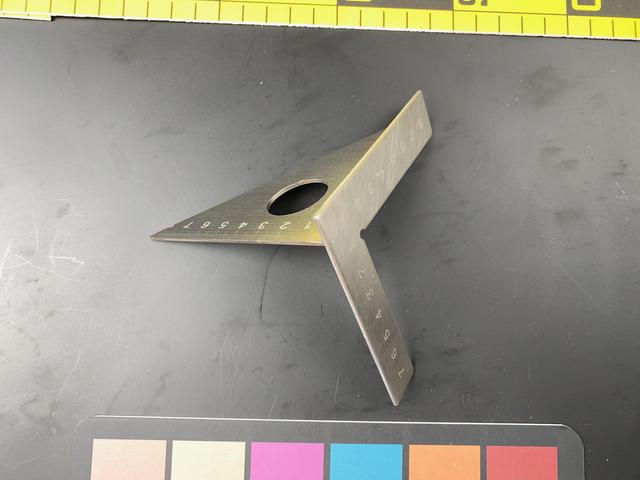 |
| It’s possible that the highest and best use for this tool is to be in a chapter about rulers, illustrating the fact that 3D rulers actually exist. I’m not sure what else you’d use it for. |
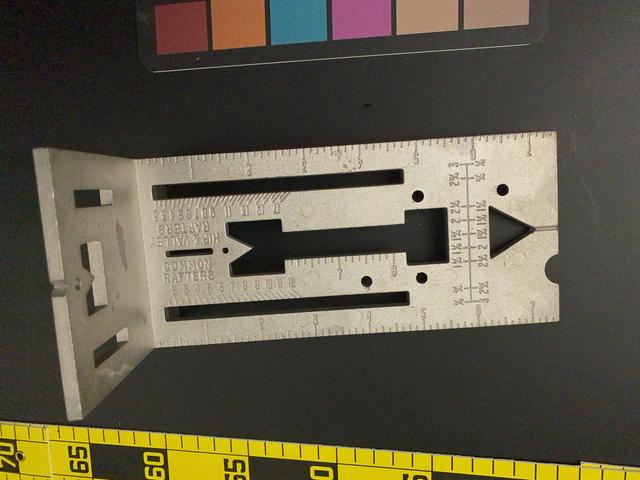 |
| Stair stringers and roof joists need confusing angled cuts: these tools help, once you understand how to use them. |
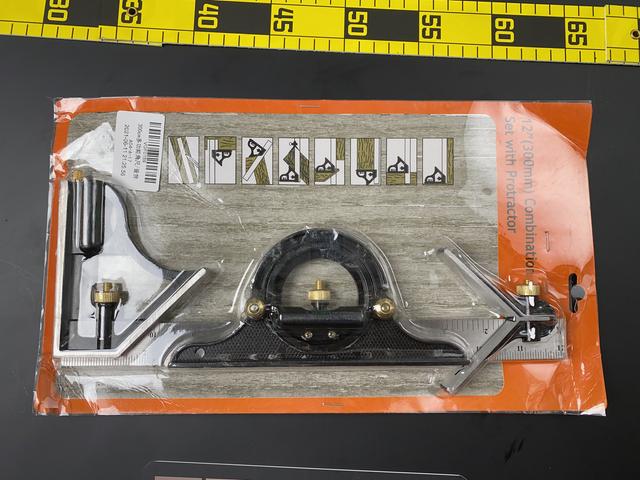 |
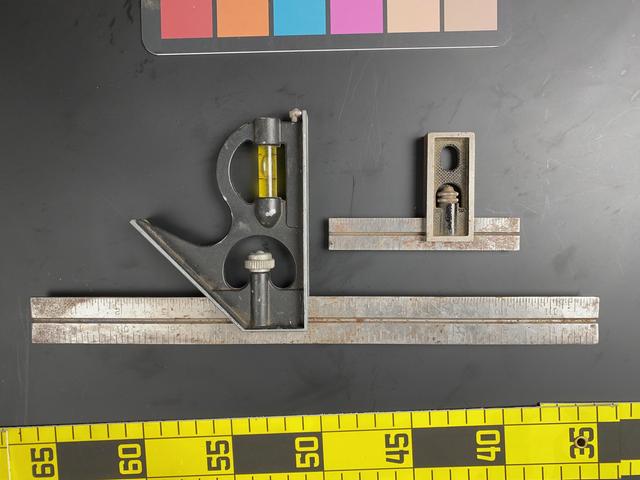 |
| These things are more accurate than really needed for most wood projects, but not accurate enough for metal work. They are also incredibly annoying for reasons that are hard to pin down. I guess I just hate the scratchy sound when you are sliding the head along the scale. I have several and never use them. |
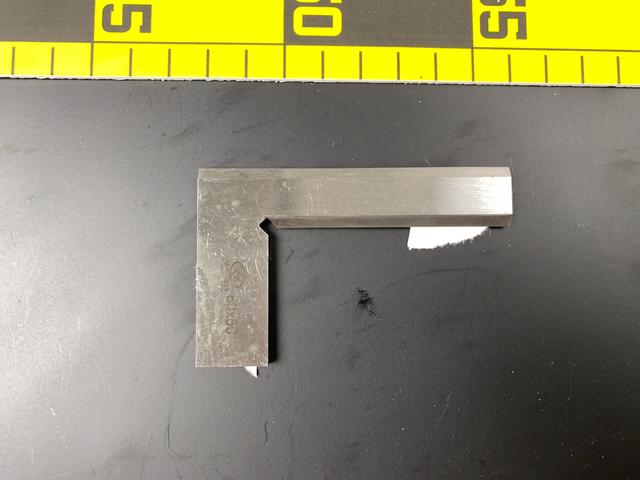 |
| This looks a bit like an extra-thick L-ruler, but it’s purpose is different. There are no markings, so you can’t measure anything with it. Instead, its only job is to verify, or create for you, a very accurate 90-degree angle. For example, if you want to check that the blade of a table saw is exactly vertical, you can hold one of these against it and adjust the angle until it’s perfectly in line with both the blade and the table. |
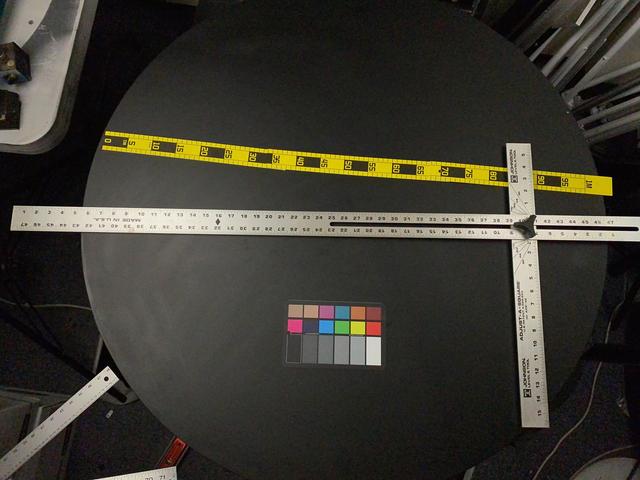 |
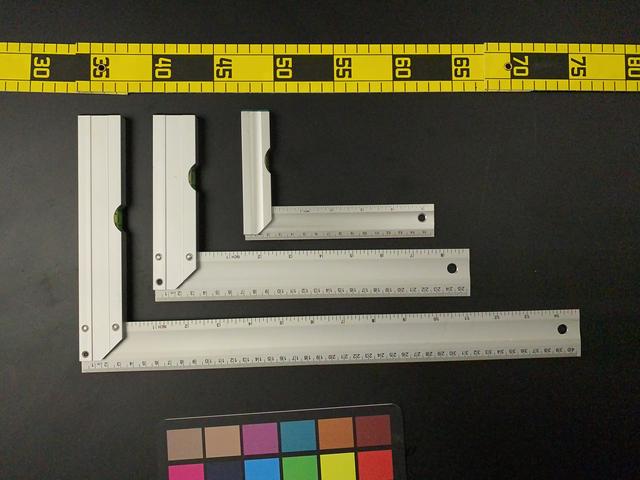 |
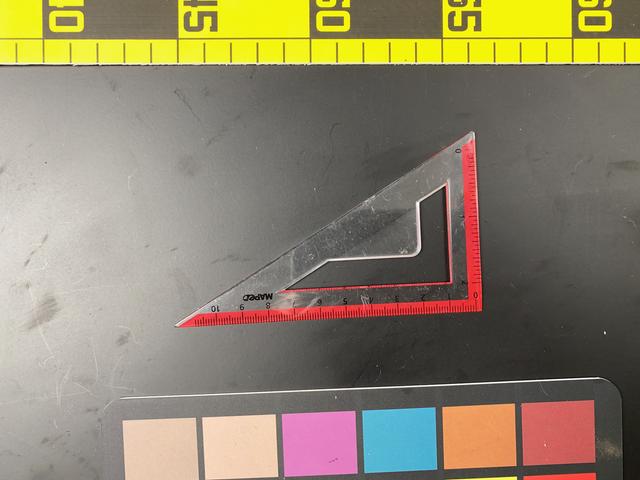 |
 |
| “Drafting machines” have an L-ruler mounted on a rotating protractor mechanism. An arm lets you move the rulers all over a drawing surface, always staying at the same angle. No one uses them anymore. |
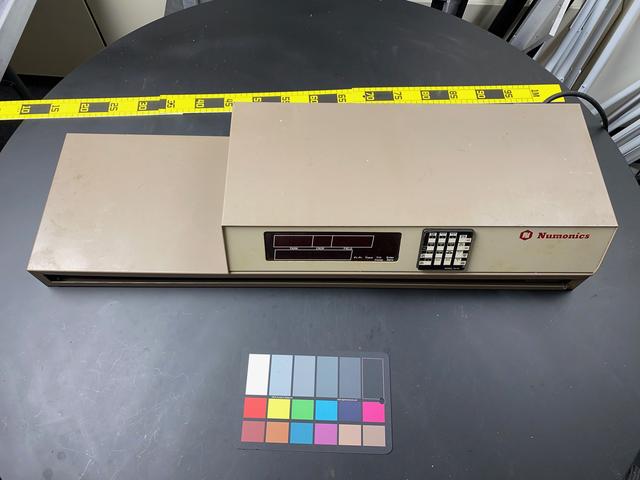 |
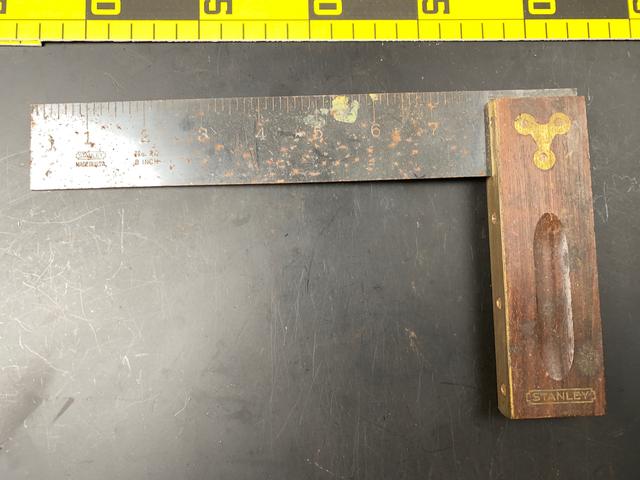 |
| Try-squares can be used like T-squares to measure in from an edge, but the name, it is said, comes from “trying” a piece of wood, which means checking whether its edges and corners are properly square. |
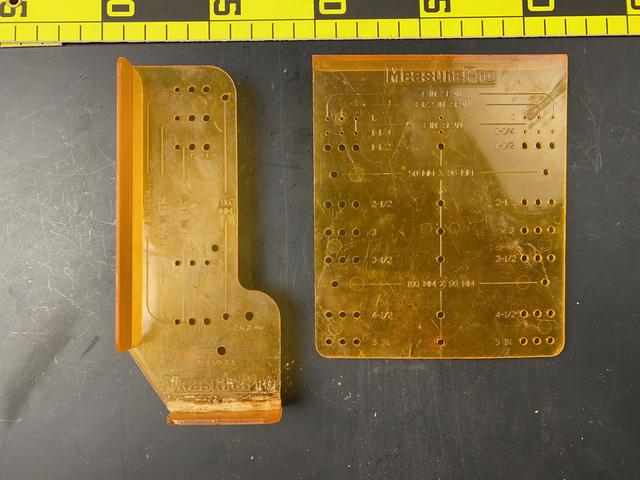 |
| These cabinet hardware templates hook onto the edge of a door or frame and provides pencil holes positioned for standard hinge, latch, and pull hardware. |
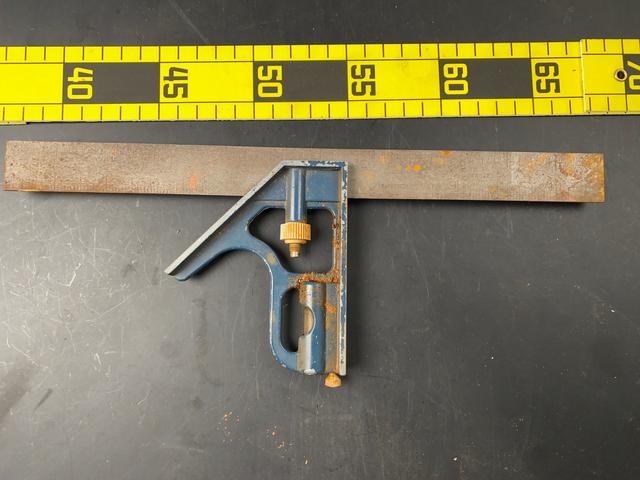 |
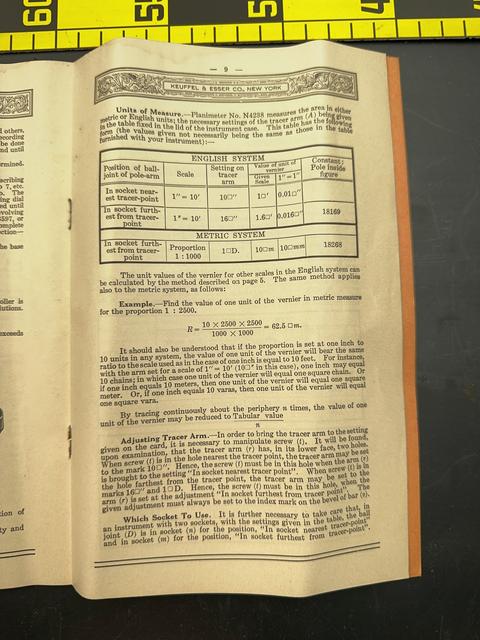 |
Do you have a better example of this kind of tool? Let me know by leaving a comment, and include a picture of it if you can so everyone can see!